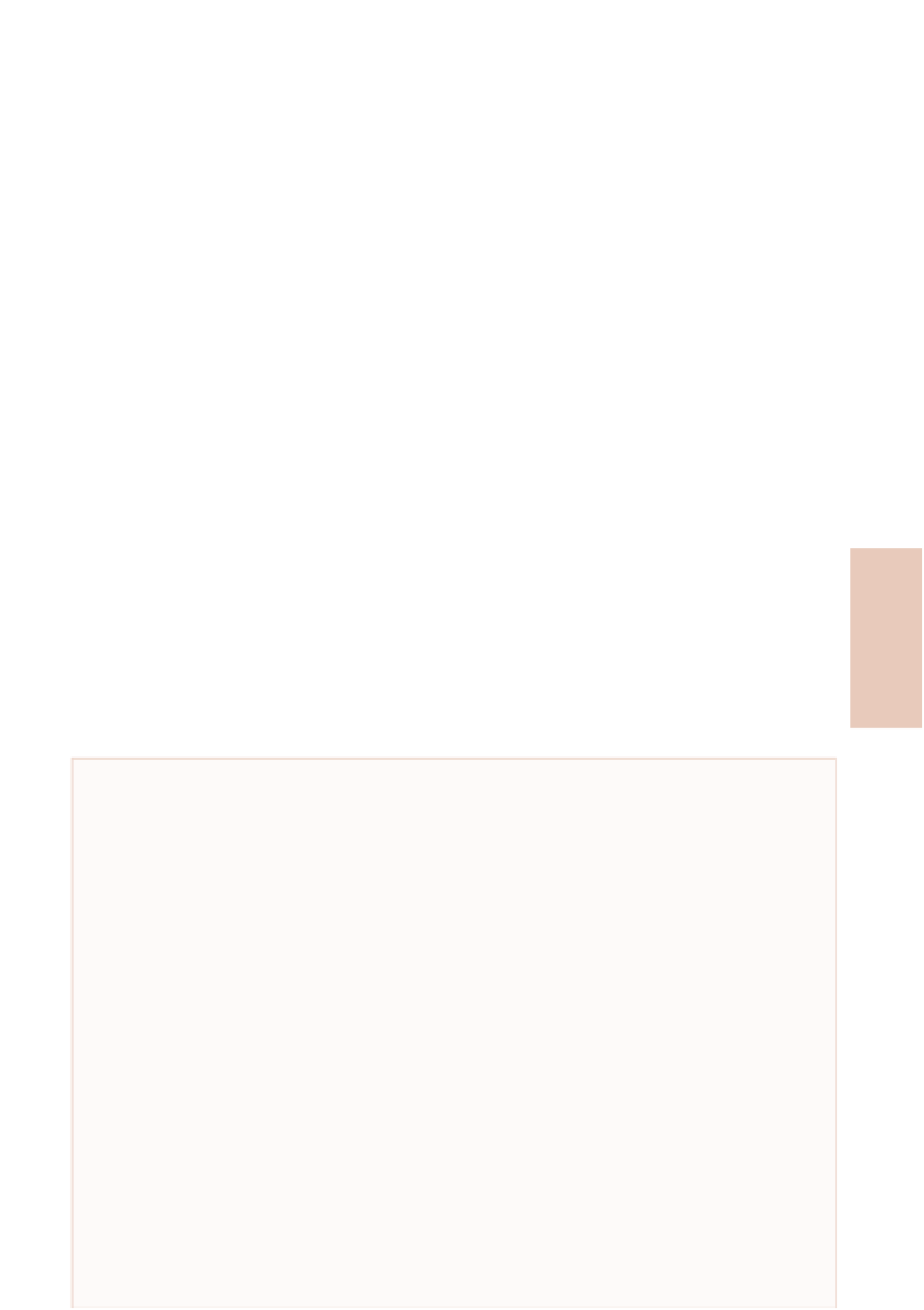Travel Reference
In-Depth Information
Caracol
46 miles southeast of George Price Hwy, via Chiquibul Rd • Site hours daily 8am-4pm • Admission fee Bz$30, usually included in tour
prices
Visits to the magnificent ancient city of
Caracol
, the largest Maya site in Belize, are
rendered all the more romantic and mysterious by its remote rainforest location.
Although it's an absolute must-see destination, surprisingly few visitors brave the
fifty-mile, two-hour expedition that's required to reach it, along rough dirt roads that
lead southwest from the George Price Highway almost to the Guatemalan border, and
you may even find that you have the place to yourself.
In the absence of public transport, almost everyone comes on a
guided tour
,
available through any local hotel or operator. Such tours, which usually include
stops at the Río Frio Cave (see p.132) on the way in and the Río On Pools (see
p.132) on the way back out, take around ten hours in total from the San Ignacio
area, or more like eight hours from the lodges along the Chiquibul Road; typical
prices are upwards of US$100 per person. While you are allowed to drive to the site
in your own vehicle, an expert guide is useful at Caracol itself; reassuring in terms
of personal safety, and all but essential in coping with driving conditions that
become especially hazardous after rain.
The road to Caracol
The only approach to Caracol is via the Mountain Pine Ridge Forest Reserve (see
p.131). After armed robbers, said to be from Guatemala, attacked tourists on the road
in 2005 and 2006, a system was set up to ensure that all vehicles accessing the site
would travel with a military escort. At the time this topic was researched, there had
been no attacks for several years, so although in theory a group convoy leaves the
military base, at a road junction a few miles south of Augustine/Douglas Silva (see
p.131), at around 9am each day, it's more likely that you'll simply be required to
sign in at the base before continuing on your way.
4
THE LOST CITY OF CARACOL
Before its rediscovery by
chicleros
(see p.139) Rosa Mai in 1937,
Caracol
was lost in the
rainforest for over a thousand years. When archeologist A.H. Anderson explored here in 1938,
he found large quantities of snail shells, and gave the site the Spanish name “snail”. Subsequent
research, however, has revealed the name by which the city was known to the ancient Maya
-
Oxwitzá
, or “three hill water”.
Despite decades of investigation, Caracol has still not been entirely mapped, and it's not
known why the Maya built such a large city on a plateau that has no permanent water source.
Occupation of the site has been traced back as far as 600BC. By the time Caracol reached its
peak, around 700 AD, the city consisted of over thirty thousand structures, covered 55 square
miles, and was surrounded by agricultural terraces. The total population has been estimated at
around 150,000, which gave it a far greater density than Tikal (see p.160), fifty miles northwest
in what's now Guatemala. Rivalry between the two mighty city-states culminated on May 1,
562, when the ruler of Caracol,
Yajaw Te K'inich II
(usually translated as “Lord Water”),
conquered Tikal and established a long era of cultural domination.
Among the best preserved of the hundred-plus
tombs
to have been found is B-19, beneath
the largest temple on the summit of Caana. It's almost certainly the tomb of
Lady Batz Ek
, or
“black monkey”, who married into the ruling K'an dynasty in 584 AD and may herself have
ruled the city. Other ceremonially buried caches contain items as diverse as mercury and
amputated human fingers, while epigraphers have used inscriptions to piece together a
virtually complete dynastic record of the city's Classic-period rulers, from 599 to 859 AD. That's
the final date recorded at Caracol, on Stela 10; evidence suggest that a great fire devastated
the city around 895 AD.

































